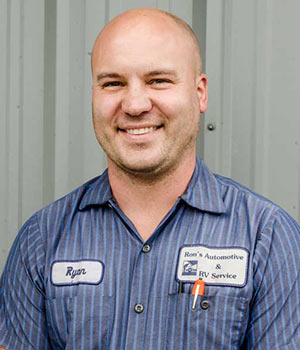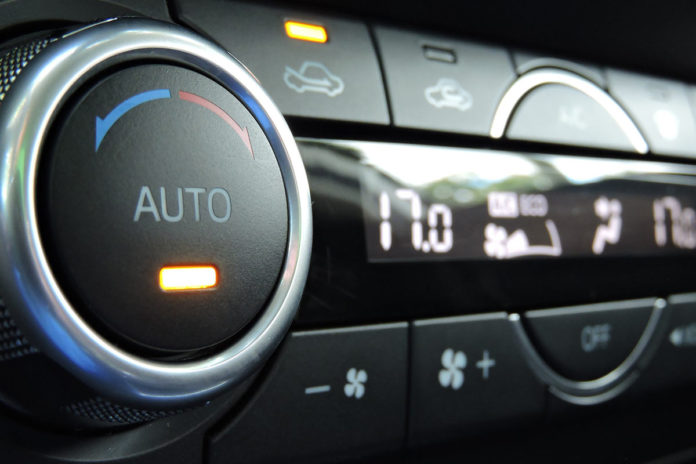
ADAS, or Advanced Driver-Assistance Systems are electronic systems in modern vehicles that assist drivers with features such as crash avoidance, parking assist, blind spot monitoring, adaptive cruise control, lane departure and more. Some new cars can even sense if the driver falls asleep behind the wheel. The list of technologies in development and newly introduced to the automotive industry is extensive, most notably the “autopilot” feature of partially automated vehicles such as the Tesla Model X.
However, with these automated systems comes a phenomenon known as automation complacency. On Feb. 25, 2020, the National Transportation Safety Board (NTSB) revealed that the cause of a fatal Tesla Model X crash in March of 2018 was due to the driver Walter Huang’s distraction while driving. Huang was driving home from work on Highway 101 in California when his vehicle struck a barrier between southbound Highway 101 and an exit ramp leading to Highway 85. The investigation revealed that the Tesla’s Model X’s forward collision system did not send Huang an alert and the automatic emergency braking system did not activate.
Ryan Syring, the new owner of Ron’s Auto & RV in Vancouver, says that ADAS technology keeps drivers safer on the road, but “the downfall is we tend to rely too heavily on these electronic systems and less on driver skill.” With automated features such as lane assist, “staying in your lane, braking and pacing the car in front of you is a lot easier so people tend to get distracted easier.”
In Huang’s case, the NTSB found that “the Tesla car log data showed that there was no driver-applying steering wheel torque, indicating the hands were likely off the steering wheel during this time period.” Cell phone records indicate that Huang was playing a video game on his phone at the time of the accident. Despite the advances in technology, NTSB chairman Robert Sumwalt said that “if you own a car with partial automation, you do not own a self-driving car. So, don’t pretend that you do.”
While the National Highway Traffic Safety Administration reports that 94% of serious crashes are due to dangerous choices or errors people make behind the wheel, auto makers aren’t off the hook here. In fact, Sumwalt revealed that the NTSB sent recommendations concerning vehicle automation systems to six automobile makers more than two years ago. Tesla was the only manufacturer that didn’t respond to the NTSB. Sumwalt said, “We ask that recommendation recipients respond to us within 90 days. That’s all we ask. But it’s been 881 days since these recommendations were sent to Tesla and we’ve heard nothing.”
Automation complacency may be making drivers worse. As mentioned previously, common ADAS technologies include blind-spot warning systems and lane-keeping systems. However, these systems are not meant to replace shoulder checks or focused driving. A 2015 study conducted by researchers at the University of Toronto revealed the effects of lane-keeping technology on a driver’s skill in lane-keeping. The study concluded that “following exposure to Lane Departure Warning Systems (LDWS), drivers exhibited short-term negative adaption to the system.”
In fact, after driving a vehicle with an LDWS feature, drivers tend to have both more and larger lane deviations when the system is turned on compared to when it’s turned off. The overreliance on ADAS technology is an added risk to motorists on the road.
If your vehicle has partial automation, Syring says that “the driver is still ultimately in control and needs to pay attention to the road with both hands on the wheel.”
Ryan Syring is the owner of Ron’s Auto & RV, which has been serving Vancouver for more than 40 years. He can be reached at 360-558-3150. Meaghan Loraas, content manager for Effective Web Solutions, assisted in authoring this column on behalf of Ron’s Auto & RV.


